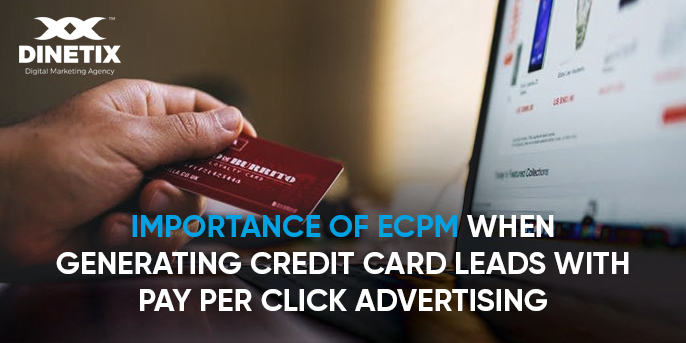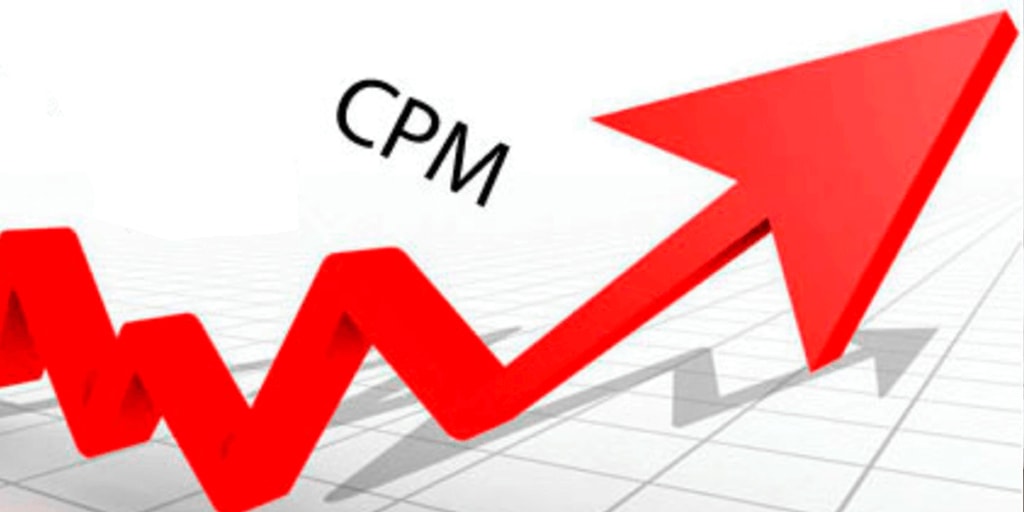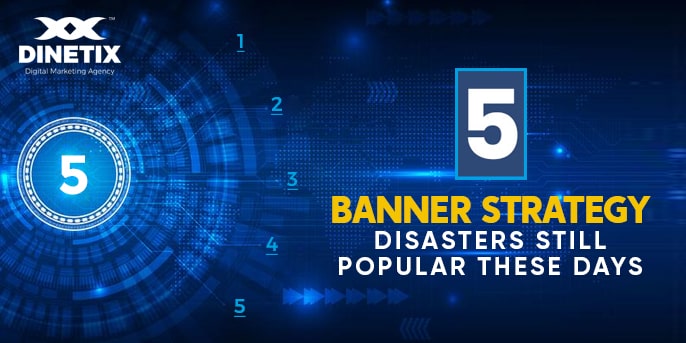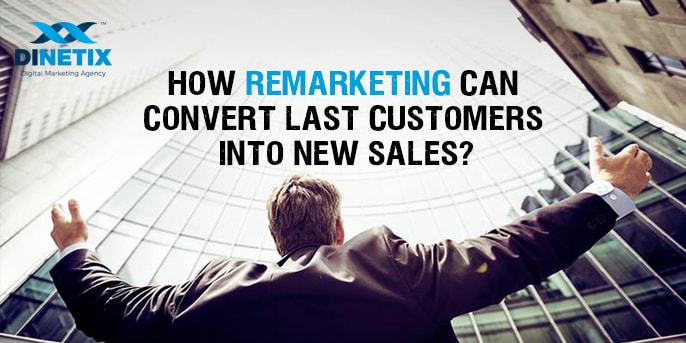IMPORTANCE OF ECPM WHEN GENERATING CREDIT CARD LEADS WITH PAY PER CLICK ADVERTISING

Ever wonder why your CPCs increase in display network and why your display campaigns eventually stop receiving traffic?
It means your eCPM is low and ad networks won’t show your ads because they don’t earn enough displaying your ads.
Effective Cost Per Mille or eCPM means total earnings (for the ad network) per 1.000 impressions. It is ignored by PPC advertisers by nature and why would a PPC advertiser even care about free impressions when they are paying per clicks?
Great question, glad you asked.
While ad impressions are free for PPC advertisers, they are of significant importance for ad networks and if they can sell impressions to a better-paying advertiser, they will take impressions from your campaign and sell it to someone else.
Let me show you why this happens, how it affects your PPC campaigns, and how to avoid it.
It all starts with the publishers who pay very close attention to eCPM. Publishers have ad space on their websites and they want to squeeze out as much ad revenue as possible by placing ads on visible places (top of the website, left or right, in the content itself …) so visitors can see them and click them.

Publishers earn money per click or per impression and ad networks are paying publishers for both, but the highest revenue for the publishers comes from clicks. Publishers optimize their ad space by testing various ad positions, sizes, ad networks, etc. and settle with whatever brings in the most ad revenue.
Ad networks, on the other hand, have a portfolio of publishers and they sell this ad space to the advertisers – that means You!
Same as publishers, ad networks are looking for the highest eCPM because they want publishers to keep their ads on their websites, so they can keep selling ad space to you and other advertisers.
Now, who is the highest bidding advertiser and how it affects the whole chain from the PPC advertiser to ad network and finally to the eCPM oriented publisher?
It is quite simple. No matter if you are paying by CPC model it is all seen through the eCPM matrix and this is how it looks like:

CPC x CTR x 1.000 = eCPM
Yes, your CTR is of critical importance here and it directly affects your eCPM. Let’s see a few examples of advertisers eCPM in the display network:
Advertisers 1 – $ 0.52 x 0.46% x 1000 = $ 2.39
Advertisers 2 – $ 0.55 x 0.17% x 1000 = $ 0.85
Advertisers 3 – $ 0.23 x 0.26% x 1000 = $ 0.60
Advertisers 4 – $ 0.42 x 0.59% x 1000 = $ 2.47
If you own a website, which advertiser would you prefer to sell your ad space to? Well, first to Advertiser 4, drain his daily budget, then Advertiser 1 and so forth.
You can see that Advertiser 4 has better eCPM than Advertiser 1, but pays less per click. That’s because his CTR is higher and it directly affects his eCPM. It’s simple math basically, but when it comes to ad networks with lots of targeting options, your eCPM is compared to other advertisers with the same placement portfolio.
Not long ago we had a case with a bank from Europe. Their display campaigns were stuck and they didn’t receive any serious traffic.
When we looked into their advertising account, we came across one branded banner creative on only a few popular ad sizes and after checking their display traffic volume for the last two months, their display traffic was slowly dropping and CPC was increasing.
The main issue here was they received more than 80% of all leads from display traffic – their success relied on that display traffic strategy, but they didn’t want to increase CPCs above a certain point because they were already over their cost per lead point.
The solution was quite simple: they created new banners for split testing, increased CPC and implemented impression caps.
What happened was that they got higher eCPM by increasing CTR with new banners and adding impression capping. They also received lots of traffic for lower CPC as the ad network decreased it automatically because of better CTR performance.
Now you know exactly why you need to aim for high eCPM regardless of paying for clicks. This way you will flood your landing pages with high-quality traffic and get more leads in a shorter time period.

TIP No. 1: Experiment with ad creatives and bids to find a sweet spot between click volume and cost per conversion.
TIP No. 2: Google did advertisers a great favor by implementing Relative CTR, so you can now see how your ads perform compared to other advertisers. It doesn’t give you exact eCPM, but knowing how you stand compared to others is highly valuable. Check Relative CTR and try to increase it above value 1.0 x which means you are above average compared to other advertisers.
TIP No. 3: If you are buying PPC traffic on other places than Google, don’t mind asking your ad network representative what is their competitive CTR, so you know if you are above or below average.
TIP No. 4: If display campaigns receive low or no traffic, increase your bids and cut out low CTR ads.
TIP No. 5: Use Impression Caps for your display campaigns. You don’t want people seeing your ad 50 times not clicking it, that just kills your eCPM. Seeing your ad 2 to 5 times a day is enough if you aim for performance.
Hey, there is something else! There is another effective lead generation tip and it’s about something I didn’t publish anywhere.
We want to share with you one secret tip which is very powerful because you can implement it right away and see more leads by tomorrow. It’s about advanced remarketing tactics

So, we would like to invite you to Contact Us
We promise you that these will be the most valuable tips you’ve ever heard about remarketing, and after this, you’ll want to use these advanced tactics the very same day.
Sounds like a deal?
Looking forward to meeting you.
Popular Read



